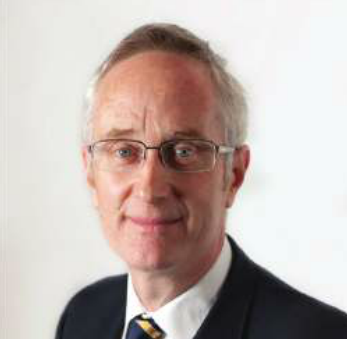It’s been a long time since a public administration theorist has made such waves in the national capital, or in any capital, for that matter. As the throne speech was being read late last fall, a flutter of wings and murmurs announced that “deliverology” was coming to town. Sir Michael Barber landed a few weeks later to deliver the new tablets.
Just what is this new panacea to implementation inertia? How did we know we had such a problem? There’s no doubt that it does not take a great deal of scratching before rashes of missed deadlines erupt. Fingers get pointed. At the same time, vaguest-of-the-vague program and policy outcomes are pronounced as met in some “result-based” strategic plan. No wonder people—public servants and parliamentarians–get lost. Clearly, the new government in Ottawa is concerned about this.
The approach proposed by Sir Michael has taken the town by storm. Who is he?
Michael Barber studied history before he received his teacher’s degree. This is important—he has the habit of taking the long view and he’s curious about original intentions and how programs shift priorities over time. He then taught, both in the UK and in Africa. It’s not clear how long he actually worked in a classroom as his career took him into the policy field, first with the teachers’ union, and then in the Labour Party. He ran for parliament, unsuccessfully, some thirty years ago and turned to teaching.
He’s the epitome of a reflective practitioner, generously sharing his insights in many books. The latest (both published in 2015), Deliverology in Practice and How to Run a Government, are very different. Where the former is practically a step-by-step guide on how to get things done, the latter is more of an assessment in working at 10 Downing Street. Both books tell the story of what it takes to actually deliver.
Deliverology in Practice won’t be foreign to anyone who has done program evaluations and/or managed a program. There’s actually very little, on a theoretical plane, that is new here. Focusing on deliverables in the USA educational space, Barber and his two co-authors discuss “defining aspirations,” “Review the Current State of Delivery,” and “establish a guiding coalition.” There is discussion of “evaluating past and present performance” and “understanding root causes of performance.” Then there’s talk about setting objectives, solving problems early, communicating results and, my favourite, unleashing the “alchemy of relationships.”
How to Run a Government, I suspect, gets a lot closer to the truth of success. Barber was lucky enough to have attracted a prime minister that had a fetish for administrative detail. Tony Blair noticed that the stories of success he was receiving from the department of education (where Barber was a key adviser) were of an entirely different quality than what he was getting elsewhere. The solution? Get Barber to move into 10 Downing (2001-2005) and set the machinery for the entirety of government so that all the systems actually move towards improving delivery on policy decisions.
I strongly suspect that Ottawa knows the recipes; it’s the political glue that’s been hard to find. In almost all the cases Barber discusses in How to Run a Government, one senses the vital contribution of a political actor that is genuinely interested in getting involved to resolve difficulties and open doors. It’s not an accident that Barber may have been successful in London precisely because he had the Prime Minister’s sponsorship—a PM that was willing to spend to get the results he wanted. The spending factor is key here—perhaps far more than a new control mechanism. This experience was borne out in Ontario where Barber’s ideas on educational reforms were applied, along with massive increases in funding. You don’t achieve this sort of success from the bottom floors of the TBS.
Canada’s new prime minister has no record of management. What is new is a faith in the bureaucracy, a willingness to spend, and a hope that with some political weight, the right priorities will be addressed at the right time and in the right way. So here’s hoping that Barberology’s lessons won’t be lost in Ottawa—both the administrative ones and the political ones.
Canadian Government Executive will host its Annual Leadership Summit 2016 on the topic of Deliverology on October 5. To learn more, go here.

